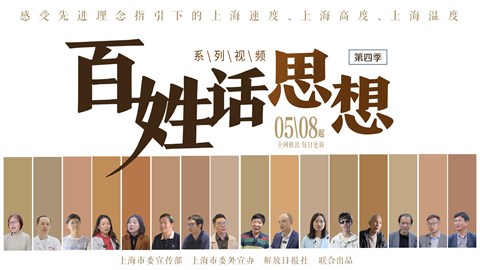High-end radiotherapy center sets a new record of service volume

The high-end equipment is housed at the Shanghai Proton and Heavy Ion Center.
The Shanghai Proton and Heavy Ion Center has announced that it treated 1,090 patients last year, rising 6.8 percent from the previous year and setting a new record.
After running for over eight years, the center has completed 6,395 cases of treatment, with annual growth of 18 percent. A similar equipment in Japan spent 17 years to complete 6,000 cases, the center said on Wednesday.
The center, which uses cutting-edge proton and heavy ion beams to target and kill cancerous tissue without harming healthy tissue and cells, is the first of its kind in China and only the third in the world.
Officials said the center is now treating nearly 50 types of diseases, covering all common cancers while primarily targeting brain, lung, liver, prostate, nasopharynx, pancreatic, and breast cancers. About three-quarters of patients are affected by these key diseases.

Medics at the Shanghai Proton and Heavy Ion Center prepare a patient for radiotherapy.
Through a database and profound patient tracking system, the center follows its patients' survival and provides long-term health management.
The five-year survival rate for the 1,151 cases with nasopharynx cancer was 94.6 percent. Results for patients with early-stage lung cancer are the same with surgery, but some people are poor prospects for surgery. This indicates that the high-end radiotherapy could be an ideal alternative for elderly lung cancer patients or patients with other diseases that make them more vulnerable.
In addition, to enhance the effects of treatment, the center has focused on improving its health services and streamline medical process. It promised that the consultation time for each patient would be no less than 20 minutes, and offered quick access and support for patients with commercial insurance or huhuibao, a private budget supplementary medical insurance for Shanghai residents.
Last year, patients with commercial insurance accounted for nearly 40 percent of total patients and 75 percent of Shanghai patients were covered by huhuibao.
To better assist patients, the center also stepped up its intelligent hospital construction and enhanced its online service. Last year, 15 percent of outpatient patients received online consultations rather than having to go to the center each time.















